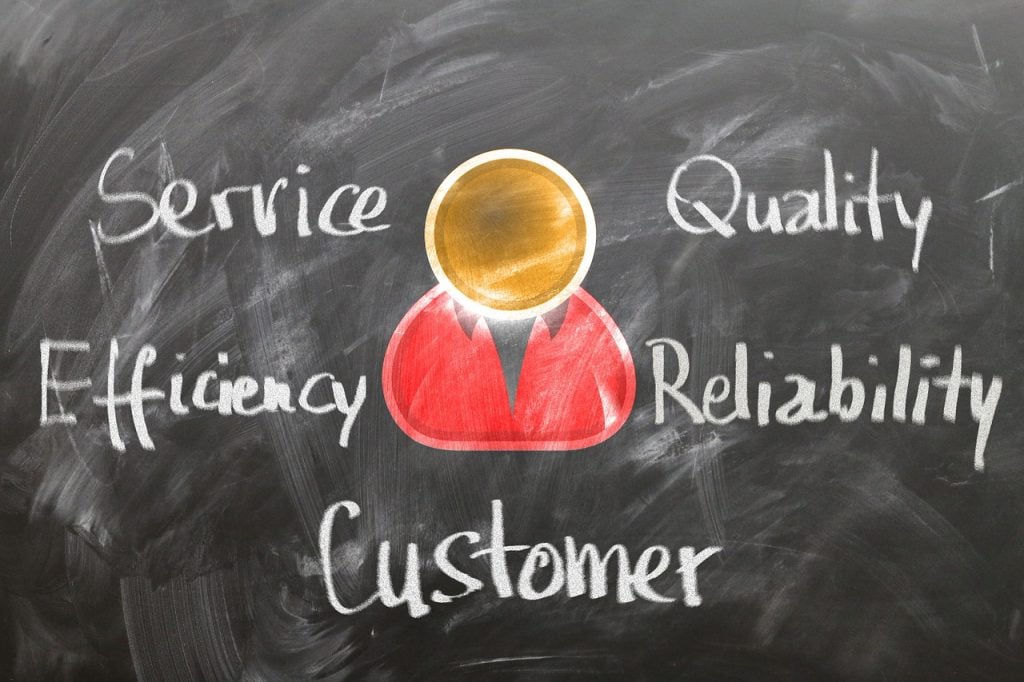
There’s strictly nothing “just business” about customer service. Each customer is unique and therefore demands a highly personalized experience. If you want to stand out in a competitive marketplace, align the way you treat your customers according to their personal preferences.
Creating personalized customer experiences
#1. Cover every possible channel of engagement.
Your website is just one gateway to engagement, and in this day and age, you need more than that to create unique customer experiences. In the absence of an in-person interaction with your customers, a live chat support system that’s instantly available is a viable communication channel. Social media is another, and so are email and your phone system.
According to a study by Deloitte, 92% of organizations that regard customer experience as a competitive advantage offer multiple contact channels. This is because more and more technology-enabled customers are emerging.
As consumers collaborate on various platforms to share their brand experiences, organizations that fail to adopt a multichannel approach to customer engagement are missing out on the conversations around their brand. A customer complaint on Twitter that’s quickly addressed by your social media manager can deter the possible negative ripple effect, especially if the complaint originates from a social media influencer.
There’s also the omnichannel model for customer service professionals and marketers to think about, which, in a nutshell, emphasizes the provision of a singular customer experience across all channels of engagement.
A customer expects brands to recognize they’re the same person complaining about an undelivered parcel on Facebook when they send you an email, the same way a customer who saved an item in her shopping cart via her mobile phone expects to seamlessly complete the purchase using her laptop.
As Pegasystems aptly puts it in their “Composing the Perfect Customer Experience” article, “Just as all the different harmonies are able to settle into one streamlined tune, cross-channel customer service communications should culminate in one comprehensive solution,” which is the customer’s ability to start and end their experience using their chosen channel.
#2. Be mindful of customers with multiple devices.
According to the Pew Research Center, 68% of Americans own smartphones, and 48% have tablets. A more recent study showed that two-thirds of the world’s population uses the internet, and while developed nations posted more high-tech gadget users than emerging economies, the rates of smartphone ownership in many countries have steadily risen since 2013.
What do these figures mean?
Almost everyone has access to the internet using devices other than PCs or laptops. Keep this in mind when you design your website. What looks okay on a desktop may be distorted on a mobile phone screen.
#3. Use predictive analytics.
Using the right approach and systems, such as CRM systems, there are tons of data you can gather about your customers. But how you use that data afterward is what allows you to solve challenges and identify business opportunities.
Predictive analysis is the practice of using current and historical data to “predict” future trends and events, including the spending preferences of customers. It can be used to offer vital information to the customer even before an actual query and leveraged to push products or services with higher chances of getting sold.
That may sound like a sneaky upsell tactic on the surface. But when you think about it in terms of anticipating a need they haven’t yet thought about, you’re actually employing excellent customer service. For example, if a customer bought a baby stroller a year ago, had it shipped to a different address, and included a gift card, you know that somebody important to them may soon celebrate a birthday. You can then send a friendly reminder about great birthday gifts for one-year-olds without getting too intrusive.
Predictive analytics makes use of three techniques:
- data mining,
- modeling,
- and machine learning.
Data mining manages and analyzes datasets gathered from your audience. Patterns or relationships are uncovered and are used to understand the behavior of your clients. Modeling is the application of the gathered data to create statistical frameworks. With a model built, new data can be entered, and you can then predict an outcome.
Lastly is machine learning, wherein you rely on the capacity of your data processing application to recognize patterns and build models. A good example would be the auto-complete or auto-recommendation feature of search engines. Recommendations are all based on past customer actions.
Final word
Memorable, unique, and personalized customer experiences don’t just happen. Companies that consistently win in the customer service game use a combination of technique and technology to nurture their customers – whether that’s through multichannel engagement, website design, or the use of data and analytics.
What other customer experience tips can you recommend?
Image credit: Pixabay



